ADB 使用
准备连接
Firefly-RK3288/Firefly-RK3288-Reload 默认是打开USB调试选项。如果需要在关闭或打开USB调试选项,可以 在设置->关于设备->版本号(点击7次后),然后返回到上一层,可以看到开发者选项,然后点击进入进行设置, 使用Micro USB OTG 线连接设备和主机进行连接。
Windows下的 ADB 安装
首先参照安装 RK USB 驱动一节安装好驱动。 然后到 http://adbshell.com/download/download-adb-for-windows.html 下载 adb.zip,解压到 C:\adb 以方便调用。 打开命令行窗口,输入:
cd C:\adb adb shell 如果一切正常,就可以进入adb shell,在设备上面运行命令。
Ubuntu 下的 ADB 安装
- 安装 adb 工具:
sudo apt-get install android-tools-adb - 加入设备标识:
mkdir -p ~/.android vi ~/.android/adb_usb.ini # 添加以下一行 0x2207 - 加入 udev 规则:
sudo vi /etc/udev/rules.d/51-android.rules # 添加以下一行: SUBSYSTEM=="usb", ATTR{idVendor}=="2207", MODE="0666" - 重新插拔 USB 线,或运行以下命令,让 udev 规则生效:
sudo udevadm control --reload-rules sudo udevadm trigger - 重新启动 adb 服务器
sudo adb kill-server adb start-server
常用 ADB 命令
连接管理
- 列出所有连接设备及其序列号
adb devices - 如果有多个连接设备,则需要使用序列号来区分:
export ANDROID_SERIAL=<设备序列号> adb shell ls - 可以通过网络来连接 adb:
# 让设备端的 adbd 重启,并在 TCP 端口 5555 处监听 adb tcpip 5555 # 此时可以断开 USB 连接 # 远程连接设备,设备的 IP 地址是 192.168.1.100 adb connect 192.168.1.100:5555 # 断开连接 adb disconnect 192.168.1.100:5555
调试
运行命令 adb shell
adb bugreport 用于错误报告,里面包含大量有用的信息
adb bugreport # 保存到本地,方便用编辑器查看 adb bugreport >bugreport.txt
应用管理
安装应用 adb install
- 用法:
adb install [选项] 应用包.apk 选项包括: -l forward-lock -r 重新安装应用,保留原先数据 -s 安装到 SD 卡上,而不是内部存储 - 示例:
# 安装 facebook.apk adb install facebook.apk # 升级 twitter.apk adb install -r twitter.apk 如果安装成功,工具会返回成功提示 “Success”;失败的话,一般是以下几种情况
卸载应用 adb uninstall
- 用法:
adb uninstall 应用包名称 - 示例:
adb uninstall com.android.chrome 应用包名称可以用以下命令列出: adb shell pm list packages -f 运行结果是: package:/system/app/Bluetooth.apk=com.android.bluetooth 前面是 apk 文件,后面则是对应的包名称。
命令行帮助信息 adb help
Android Debug Bridge version 1.0.31 -a - directs adb to listen on all interfaces for a connection -d - directs command to the only connected USB device returns an error if more than one USB device is present. -e - directs command to the only running emulator. returns an error if more than one emulator is running. -s <specific device> - directs command to the device or emulator with the given serial number or qualifier. Overrides ANDROID_SERIAL environment variable. -p <product name or path> - simple product name like 'sooner', or a relative/absolute path to a product out directory like 'out/target/product/sooner'. If -p is not specified, the ANDROID_PRODUCT_OUT environment variable is used, which must be an absolute path. -H - Name of adb server host (default: localhost) -P - Port of adb server (default: 5037) devices [-l] - list all connected devices ('-l' will also list device qualifiers) connect <host>[:<port>] - connect to a device via TCP/IP Port 5555 is used by default if no port number is specified. disconnect [<host>[:<port>]] - disconnect from a TCP/IP device. Port 5555 is used by default if no port number is specified. Using this command with no additional arguments will disconnect from all connected TCP/IP devices. device commands: adb push [-p] <local> <remote> - copy file/dir to device ('-p' to display the transfer progress) adb pull [-p] [-a] <remote> [<local>] - copy file/dir from device ('-p' to display the transfer progress) ('-a' means copy timestamp and mode) adb sync [ <directory> ] - copy host->device only if changed (-l means list but don't copy) (see 'adb help all') adb shell - run remote shell interactively adb shell <command> - run remote shell command adb emu <command> - run emulator console command adb logcat [ <filter-spec> ] - View device log adb forward --list - list all forward socket connections. the format is a list of lines with the following format: <serial> " " <local> " " <remote> "\n" adb forward <local> <remote> - forward socket connections forward specs are one of: tcp:<port> localabstract:<unix domain socket name> localreserved:<unix domain socket name> localfilesystem:<unix domain socket name> dev:<character device name> jdwp:<process pid> (remote only) adb forward --no-rebind <local> <remote> - same as 'adb forward ' but fails if <local> is already forwarded adb forward --remove <local> - remove a specific forward socket connection adb forward --remove-all - remove all forward socket connections adb jdwp - list PIDs of processes hosting a JDWP transport adb install [-l] [-r] [-d] [-s] [--algo <algorithm name> --key <hex-encoded key> --iv <hex-encoded iv>] <file> - push this package file to the device and install it ('-l' means forward-lock the app) ('-r' means reinstall the app, keeping its data) ('-d' means allow version code downgrade) ('-s' means install on SD card instead of internal storage) ('--algo', '--key', and '--iv' mean the file is encrypted already) adb uninstall [-k] <package> - remove this app package from the device ('-k' means keep the data and cache directories) adb bugreport - return all information from the device that should be included in a bug report. adb backup [-f <file>] [-apk|-noapk] [-obb|-noobb] [-shared|-noshared] [-all] [-system|-nosystem] [<packages...>] - write an archive of the device's data to . If no -f option is supplied then the data is written to "backup.ab" in the current directory. (-apk|-noapk enable/disable backup of the .apks themselves in the archive; the default is noapk.) (-obb|-noobb enable/disable backup of any installed apk expansion (aka .obb) files associated with each application; the default is noobb.) (-shared|-noshared enable/disable backup of the device's shared storage / SD card contents; the default is noshared.) (-all means to back up all installed applications) (-system|-nosystem toggles whether -all automatically includes system applications; the default is to include system apps) (<packages...> is the list of applications to be backed up. If the -all or -shared flags are passed, then the package list is optional. Applications explicitly given on the command line will be included even if -nosystem would ordinarily cause them to be omitted.) adb restore <file> - restore device contents from the <file> backup archive adb help - show this help message adb version - show version num scripting: adb wait-for-device - block until device is online adb start-server - ensure that there is a server running adb kill-server - kill the server if it is running adb get-state - prints: offline | bootloader | device adb get-serialno - prints: <serial-number> adb get-devpath - prints: <device-path> adb status-window - continuously print device status for a specified device adb remount - remounts the /system partition on the device read-write adb reboot [bootloader|recovery] - reboots the device, optionally into the bootloader or recovery program adb reboot-bootloader - reboots the device into the bootloader adb root - restarts the adbd daemon with root permissions adb usb - restarts the adbd daemon listening on USB adb tcpip <port> - restarts the adbd daemon listening on TCP on the specified port networking: adb ppp <tty> [parameters] - Run PPP over USB. Note: you should not automatically start a PPP connection. <tty> refers to the tty for PPP stream. Eg. dev:/dev/omap_csmi_tty1 [parameters] - Eg. defaultroute debug dump local notty usepeerdns adb sync notes: adb sync [ <directory> ] <localdir> can be interpreted in several ways: - If <directory> is not specified, both /system and /data partitions will be updated. - If it is "system" or "data", only the corresponding partition is updated. environmental variables: ADB_TRACE - Print debug information. A comma separated list of the following values 1 or all, adb, sockets, packets, rwx, usb, sync, sysdeps, transport, jdwp ANDROID_SERIAL - The serial number to connect to. -s takes priority over this if given. ANDROID_LOG_TAGS - When used with the logcat option, only these debug tags are printed.
声明:本文内容及配图由入驻作者撰写或者入驻合作网站授权转载。文章观点仅代表作者本人,不代表电子发烧友网立场。文章及其配图仅供工程师学习之用,如有内容侵权或者其他违规问题,请联系本站处理。
举报投诉
-
嵌入式主板
+关注
关注
7文章
6087浏览量
35672 -
安卓
+关注
关注
5文章
2139浏览量
57708 -
Firefly
+关注
关注
2文章
538浏览量
7147
发布评论请先 登录
相关推荐
Firefly-RK3288开发工具ADB和串口查看工具的使用
从零开始学习ARM嵌入式视频教程——Firefly-RK3288开发工具ADB和串口查看工具的使用更多相关信息,欢迎关注Firefly官方网站:www.t-firefly.com
发表于 06-30 10:39
Firefly-RK3288用户指南
Firefly-RK3288 是一个高性能平台,它拥有强大的多线程运算能力、图形处理能力以及硬件解码能力,支持 Android 4.4 和 Ubuntu 双系统,也是一台强大的微型
发表于 10-10 07:35
Firefly-RK3288开发板介绍
Firefly-RK3288 开发板内置 5 路 UART,分别为 uart0,uart1,uart2,uart3,uart4。
uart0 为 uart_bt,用于蓝牙传输。
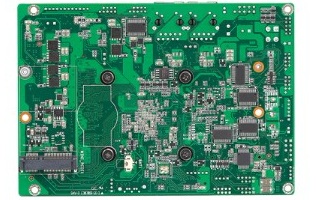
Firefly-RK3288PWM输出介绍
Firefly-RK3288 开发板上有 4 路 PWM 输出,分别为 PWM0 ~ PWM3, 本章主要描述如何配置 PWM。
Firefly-RK3288MIPI CSI接口介绍
Firefly-RK3288 开发板带有一个 MIPI 摄像头接口,图像处理能力达到 4416x3312 像素,支持 4K 视频录制。此外,开发板还支持 USB 摄像头。 本文以 OV13850 摄像头为例,讲解在该开发板上的配置过程。
相关代码目录
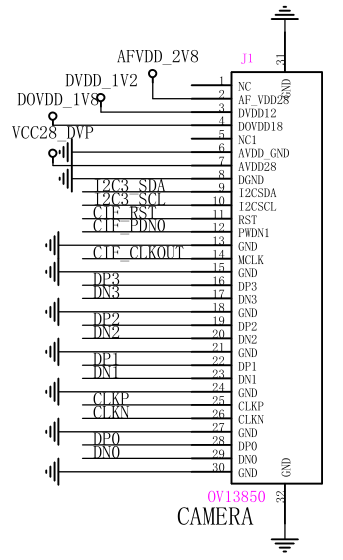
Firefly-RK3288--IR主板介绍
Firefly-RK3288/Firefly-RK3288-Reload开发板上使用红外收发传感器 IR (在 USB OTG 接口和音频接口之间)实现遥控功能。
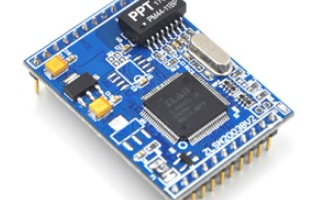




 Firefly-RK3288ADB主板介绍
Firefly-RK3288ADB主板介绍
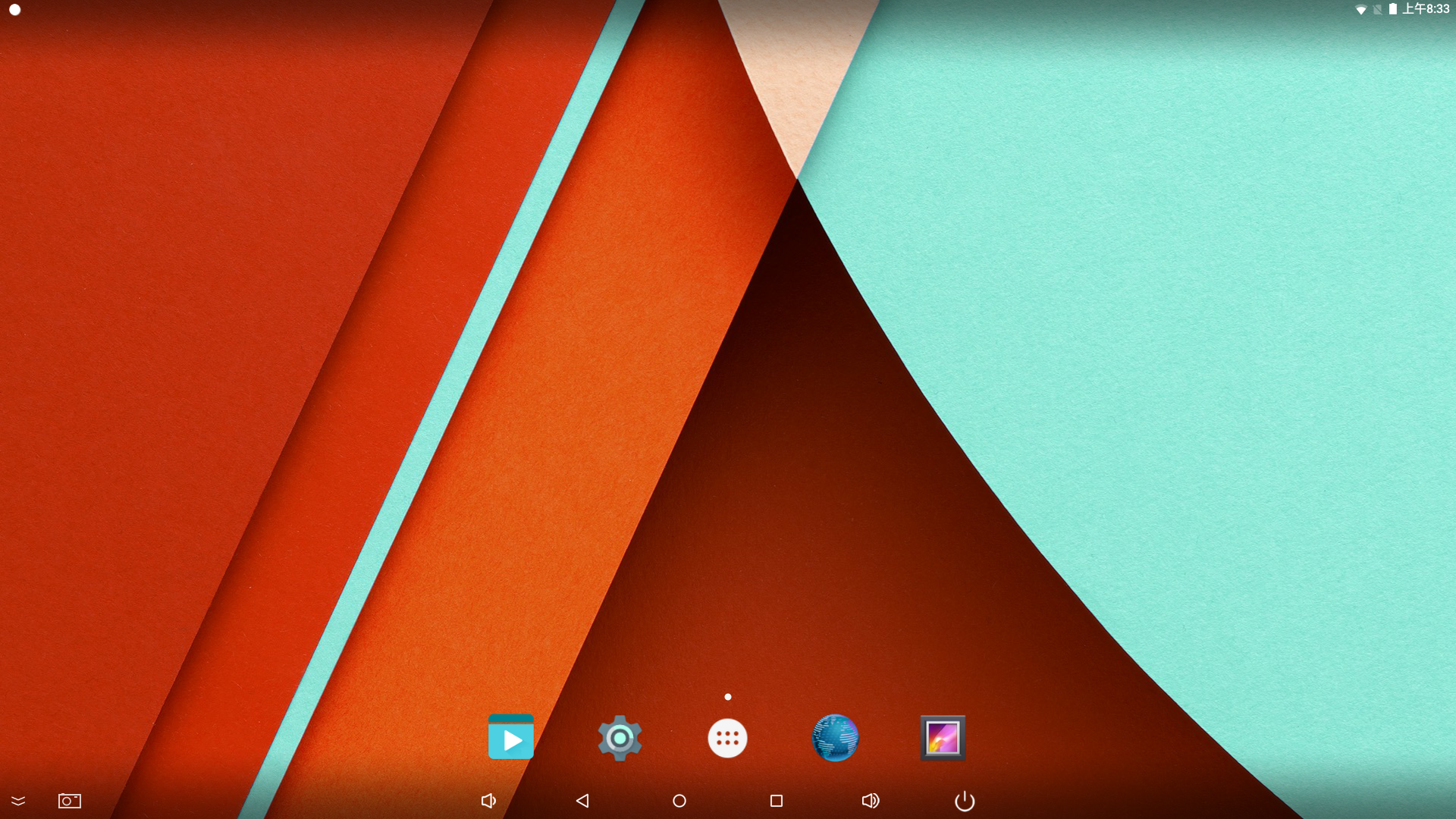
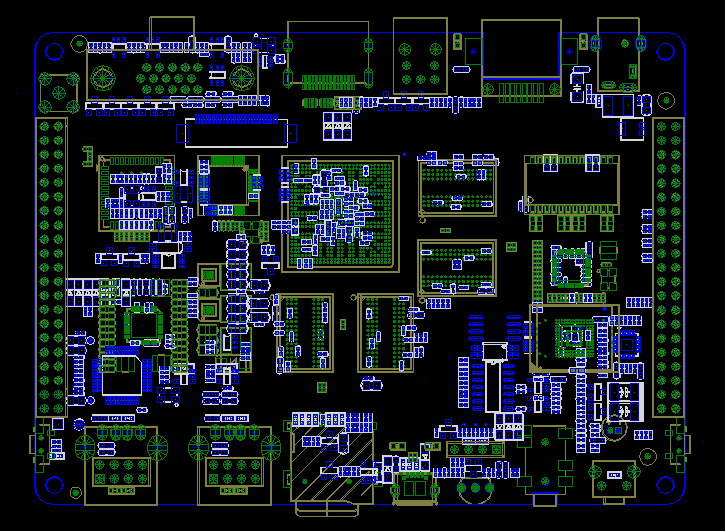

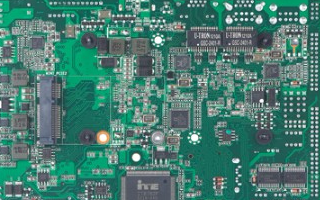
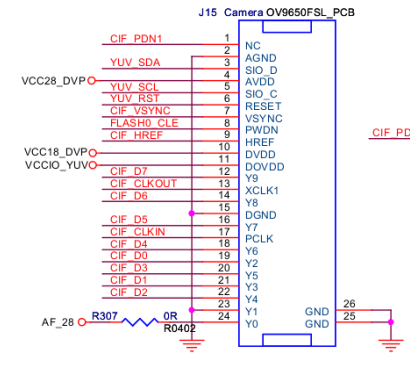
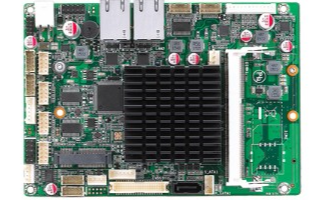











评论